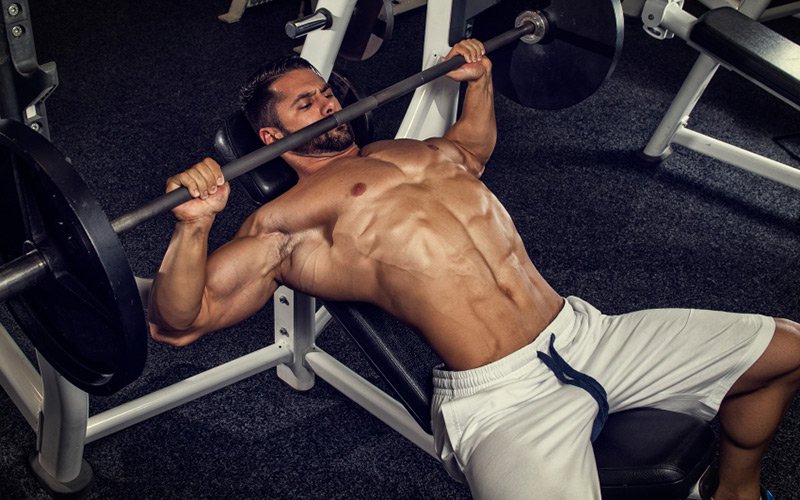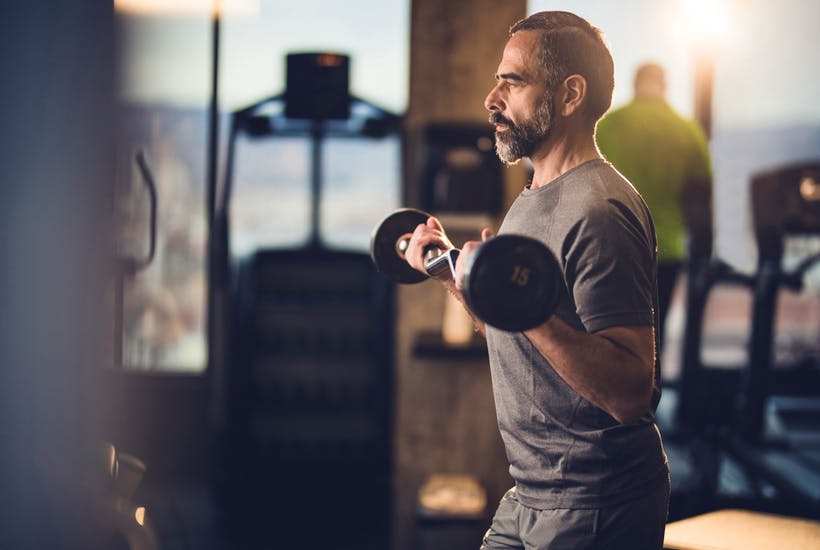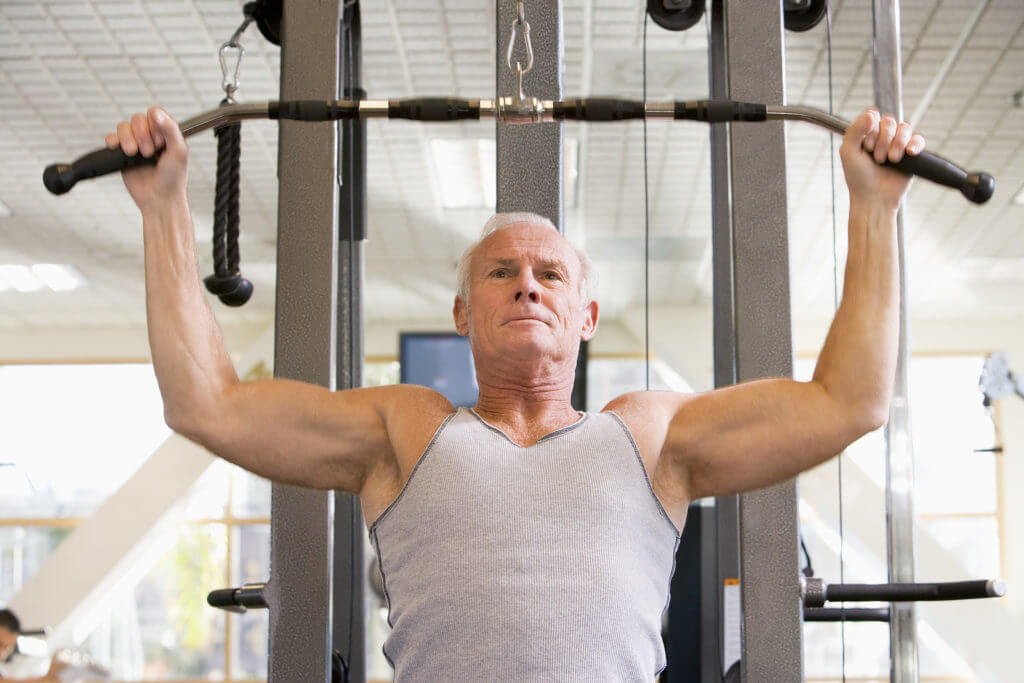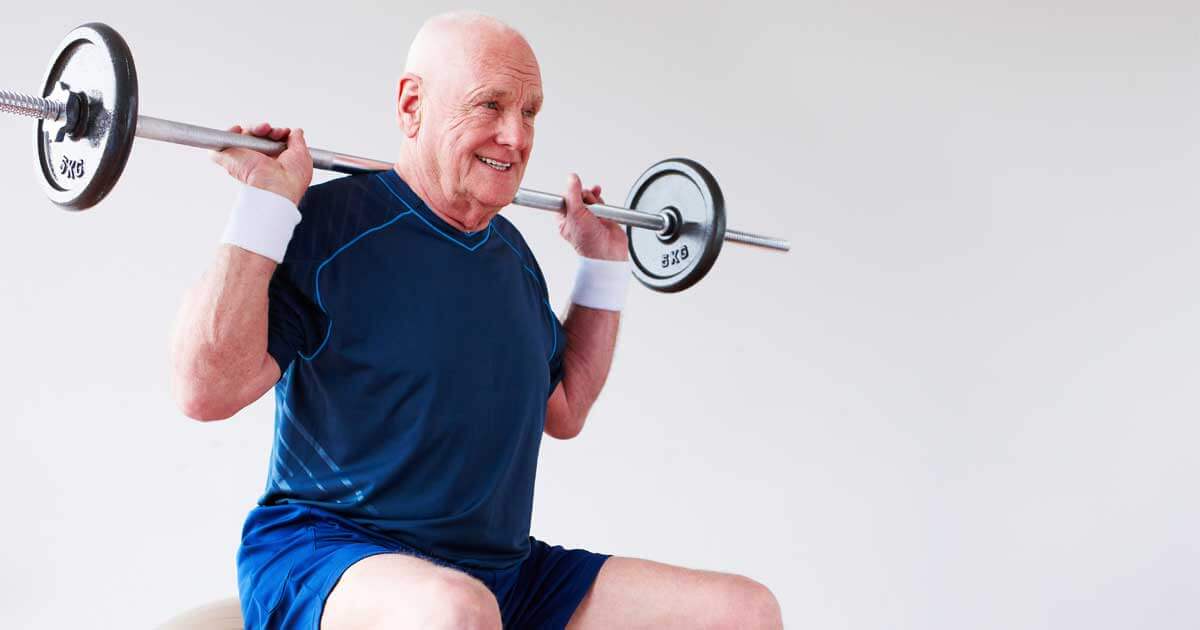34% of adults aged 65 to 74 years, and 44% of adults aged 75 years and above are physically active according to the U.S Department of Health and Human Services. This number is bound to increase as more people become aware of the benefits regular exercise offers, especially to senior adults.
While it’s true that seniors are more prone to injury when working out, failing to do so is much more dangerous. The secret to making the most of your workout routine as you age and avoiding related injuries at the same time is proper form, proper technique and learning how to adapt your fitness regime to suit your age.
The Fundamentals Of Adapting Your Fitness Regime
As Peeke, the author of the book Fit To Live said, “Exercise is age specific.” Exercises suitable for one age group may not be suitable for another. Determining what exercises are suitable for your age bracket involves two fundamental steps. First, you will need to learn about how your body is changing. Once you understand this, you can move on to coming up with a routine that is within your body’s physiological capabilities. You can do this yourself, enroll in a gym or hire a fitness instructor, depending on your financial situation. While the annual gym membership fee in the U.S is high, ranging between $700 and $1000, there are simple hacks you can use to get fit within your pension budget. Not to mention the fact that working out is a pension plan of its own. Think of it this way: investing in gym gear and membership, protein shakes and the right diet will result in a handsome payoff later on in your golden years. 4 out of 5 of the most expensive age-related health conditions to treat can be avoided by working out, according to a report by CDC. That said, it’s helpful to understand how your body changes as you age and draw up an appropriate fitness plan.
Working Out In Your Youth (20s & 30s)

Exercising in your 20s and 30s reduces your risk of suffering from a stroke later in life by 37%, suggests a study by the University of Miami Miller School of Medicine. The 20s mark a period of time during which your body is in its peak physical state. Not only is it flexible and strong, but it is also quick to recover from fitness-related injuries like sprains and pulled muscles. It is in your 20s that your body has the highest potential for large muscle growth and performance. This is because during this time, one’s physique has an abundance of type II muscles which are known for producing power, high force, and speed. Additionally, in your 20s, the body has elevated levels of sex hormones like testosterone, which are responsible for strength gains. This is the prime time to fortify your body, be fit and protect your body from future ailments caused by inactivity. You can, therefore, do high intensity and all-around exercises: lunges, weight lifting, pushups, cycling, running, cross training, yoga, and tai chi, to highlight a few.
The idea behind high-intensity workouts is to preserve range of motion, fortify your balance, loosen tight muscles, grow your endurance and build muscle. Once you build nuclei that work to turn consumed protein into muscle, they stay around even as you age. In your 30s, sex hormones levels decrease by approximately 1% annually. You will, therefore, work a little harder than in your 20s for the same results. And while you can still do high-intensity workouts, they should be at intervals. In your youth, you should be able to work out at least three days a week for anywhere between 1 and 3 hours.
Working Out In Your 40s

Assuming you can perform just as well in your 40s as you did in your youth is one of the biggest mistakes people make. The fact is that in your 40s there is a decline in the number of type II muscles in your body. Your athletic performance will, therefore, suffer a little. The big idea behind working out in your 40s besides being fit and healthy, is to preserve lean mass. During this time, sex hormone levels start diminishing causing one to lose up to 8% of their muscle mass and gain pounds of visceral fat. Estrogen levels which initially helped keep fat in your buttocks, hips, and thighs go down. Fat is therefore stored in the belly area instead. Testosterone which helps maintain fat around the trunk but outside the belly also diminishes. The fat, therefore, accumulates deep in the belly.
As if that isn’t enough, cortisol levels that are notorious for causing a buildup of visceral fat tend to be high in people in their 40s. To protect you from fat gain, cardiovascular training should be a mandatory part of your fitness regime. Aim to do high impact activities once or twice a week alongside relaxation exercises, resistance training, and stretching exercises for at least one hour 2 or 3 times a week. These include pushups, squats, yoga, Y to T raises, aerobics, jogging, lunges, and presses.
Working Out In Your 50s

In your 50s, your basal metabolic rate decreases and your body develops a tendency to slouch forward. You will experience decreased bone density, lose muscle mass and start feeling weaker. All these, of course, are normal signs of aging. However, unknown to many, weight training can reverse or slow down these signs. It should, therefore, be part of your workout routine, at least twice a week for 20 to 30 minutes, according to The American College of Sports Medicine. Aerobics also come in highly recommended for those in their 50s, as this helps strengthen the lungs and heart, tone the body, lower blood pressure, decrease cholesterol and increase bone density. Do aerobics for 20 minutes to 30 minutes, three to five days a week. Due to decreased bone density, exercises performed should be moderate in terms of intensity. Examples include jogging, walking, swimming, dancing, and pilates.
Working Out In Your 60s

In your 60s, your bones become more fragile. Your ligaments and tendons become drier. Consequently, the odds of getting injured during physical activity increase. Picking appropriate workout activities is therefore very important. Go for activities that require mild or moderate exertion. These activities should be able to perform 4 functions: increase flexibility, reduce tension, boost athletic performance and improve posture. They include weight lifting for half an hour 2 or 3 times weekly, water aerobics and Zumba. Never work out back to back in your 60s. Your body takes longer to heal torn muscles and should, therefore, be given time by spreading out your workout sessions through the week. It is also important at this stage to know how to differentiate between good and bad pain when exercising in order to avoid fractures and other injuries.
[Related Reading: 10 Amazing Older Men Transformations That Will Drag You To The Gym!]
Working Out In Your 70s And Above

Exercising in your 70s follows one simple rule: listen to your body. If you’re tired, rest; if you feel pain, stop; if you feel strong, exercise. This is because aside from the normal consequences of aging, most people in their 70s or older also suffer from illnesses such as arthritis, heart disease, and diabetes to mention a few. Workouts for people in this age group should never be rigorous or back to back. Balancing exercises are very important, as people in their 70s can be prone to falling and are 5 times more likely to suffer a fatality within a year of fall-related injuries like hip fractures. Their workout regimes should, therefore, feature mild intensity activities like chair aerobics, arm raises, leg lifts, and water exercises. Yoga can also be used to increase mindfulness, which usually suffers with an increase in age.
Exercise at any age is important. Of course, starting early sets a good foundation, and you will work less hard as you age. Nevertheless, you can join the gym or workout at home at any given age. Provided, of course, you ensure your workout routine does not put unnecessary strain on your body. Once you have identified an ideal regime, it is also important to learn how to differentiate between pain and discomfort in order to avoid injury.


